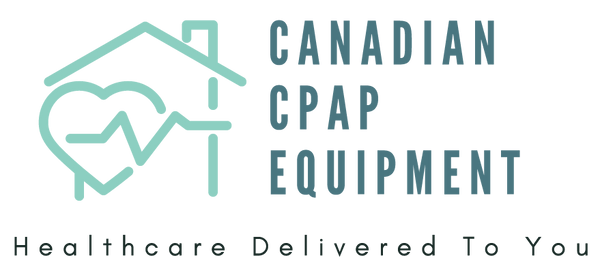Receiving the results of your at-home sleep apnea test can be a pivotal moment on your journey to better sleep. While the convenience of testing at home is undeniable, interpreting the data can sometimes feel like deciphering a foreign language. If you've recently completed a WatchPAT ONE test, you're likely eager to understand what the numbers and graphs on your report truly mean for your sleep health. This guide will help demystify your WatchPAT ONE results, empowering you with knowledge as you discuss your diagnosis and treatment options with a healthcare professional.
The WatchPAT ONE Report: Key Metrics Explained
Your WatchPAT ONE report is a comprehensive summary of your sleep and breathing patterns throughout the night, gathered from your at-home sleep apnea test. While a sleep-trained respirologist will provide a detailed interpretation, understanding the core metrics can give you a valuable head start.
1. Apnea-Hypopnea Index (AHI)
This is arguably the most critical number on your report. The AHI represents the average number of apneas (complete cessation of breathing) and hypopneas (partial reduction in breathing) you experience per hour of sleep. It's the primary metric used to diagnose and classify the severity of sleep apnea.
- Normal: AHI < 5 events per hour
- Mild Sleep Apnea: AHI ≥ 5 and < 15 events per hour
- Moderate Sleep Apnea: AHI ≥ 15 and < 30 events per hour
- Severe Sleep Apnea: AHI ≥ 30 events per hour
Why it matters: A higher AHI indicates more frequent breathing disturbances, suggesting a more severe form of sleep apnea and a greater need for intervention.
2. Respiratory Disturbance Index (RDI)
The RDI is similar to the AHI but often includes additional respiratory events that don't quite meet the criteria for an apnea or hypopnea but still disrupt sleep. These can include Respiratory Effort-Related Arousals (RERAs), which are brief awakenings caused by increased breathing effort. The RDI provides a broader picture of sleep-disordered breathing.
Why it matters: Sometimes, even if your AHI is low, a high RDI can indicate significant sleep fragmentation and daytime symptoms, suggesting that your sleep quality is still being negatively impacted.
3. Oxygen Desaturation Index (ODI)
The ODI measures the average number of times per hour that your blood oxygen level drops by a certain percentage (typically 3% or 4%) from your baseline. These drops, known as desaturations, occur when breathing is interrupted and your body isn't getting enough oxygen.
Why it matters: Frequent or significant oxygen desaturations are a strong indicator of the severity of sleep apnea and are linked to many of the associated health risks, such as cardiovascular problems.
4. Minimum Oxygen Saturation (Min SpO2)
This number indicates the lowest blood oxygen saturation level recorded during your sleep. A healthy SpO2 level is typically above 90%. Levels consistently falling below this can be concerning.
Why it matters: A very low minimum SpO2 suggests severe oxygen deprivation during sleep, which can put significant strain on your vital organs.
5. True Sleep Time (TST)
One of the unique advantages of the WatchPAT ONE is its ability to accurately measure True Sleep Time (TST). Unlike some other home tests that estimate sleep time based on total recording time, the WatchPAT ONE uses PAT signals and actigraphy to differentiate between actual sleep and wakefulness. This is crucial because AHI and ODI are calculated per hour of actual sleep, not just the time you spent in bed.
Why it matters: An accurate TST ensures that your AHI and ODI are precise, preventing misdiagnosis that can occur if the denominator (sleep time) is overestimated.
6. Sleep Stages (Optional/Advanced)
While not a full polysomnography, the WatchPAT ONE can provide insights into sleep stages (REM, Light, Deep) based on its PAT signal and actigraphy. This can offer additional context about your sleep quality and how breathing disturbances affect different stages of sleep.
Why it matters: Sleep apnea can disproportionately affect certain sleep stages, particularly REM sleep, which is vital for cognitive function and emotional regulation.
What to Do with Your Results
Receiving your WatchPAT ONE report is the first step. The next, and most important, step is to discuss these results with a sleep-trained respirologist or your physician. They will consider your AHI, RDI, ODI, minimum SpO2, and other data points in conjunction with your symptoms, medical history, and physical examination to provide a definitive diagnosis and recommend the most appropriate treatment plan.
Remember, these numbers are tools to guide diagnosis and treatment. Your healthcare provider will help you understand the full picture and embark on the path to healthier, more restorative sleep.
Next Steps: Now that you have a better understanding of your test results, you might be wondering what happens next. In our upcoming post, we will guide you through the crucial steps that follow an at-home sleep apnea diagnosis.

